Top Class Actions’s website and social media posts use affiliate links. If you make a purchase using such links, we may receive a commission, but it will not result in any additional charges to you. Please review our Affiliate Link Disclosure for more information.

According to the lawsuit, the update stopped certain users’ Wi-Fi unexpectedly, resulting in data overage fees for many unsuspecting customers. The lawsuit was dismissed, however, because the judge found that the plaintiffs failed to allege specifics in their claims that Apple misrepresented its product and lacks standing to seek injunctive relief.
U.S. District Judge Ronald Whyte granted Apple’s motion to dismiss but left it open for plaintiffs to amend the complaints to correct the deficiencies by May 16th.
“The complaint is not adequate in my view, although I think it is pretty easily correctible,” Whyte stated.
Plaintiffs’ attorneys responded to the judge’s ruling saying they were “looking forward to amending the complaint,” and indicated with confidence that the specific details regarding the plaintiffs’ allegations would support the sufficiency of the claims.
The plaintiffs’ attorneys also stated that Apple systematically misrepresented its product and injunctive relief was necessary. However, the judge disagreed saying that the plaintiffs lacked standing to seek injunctive relief on the grounds the Class must provide specifics on which California Consumer Protection Laws were violated.
In December 2015, a class action lawsuit was filed against Apple for, among other things, allegedly failing to disclose that, when streaming high volumes of data for a period of time, the phone’s operating system automatically switched from streaming data via a Wi-Fi signal to a cellular signal and, as a result, consumers used and were charged fees for using cellular data.
The lawsuit, brought by plaintiff Thomas Palmer of California, alleges that the iPhone maker knowingly concealed a defect in the devices that caused the phones to use LTE data, even when connected to a Wi-Fi network. Palmer claims the defect impacted all versions of iOS 6 and 7 operating systems and was only resolved when Apple released iOS 8.1 in October 2014.
Specifically the complaint states that the defect occurred when a user streamed a high volume of data for 10 to 20 minutes. At that point, the GPU would take over to decompress, decode, and display video, so the CPU would go to sleep to conserve battery life on the device. When the CPU went to sleep on the iPhone 5 and 5s, the defect caused the devices to switch from Wi-Fi to LTE, consuming large amounts of LTE data.
Apple reacted to customers’ concerns by releasing a fix for the bug, but it only applied to Verizon subscribers. Verizon indicated that it would not charge users for any data issues related to the alleged defect, however, there was no indication that Apple has created a software update that would remedy the issue for AT&T subscribers.
According to the lawsuit, AT&T wireless subscribers who used the Apple iPhone 5 incurred overage charges due to a defect that Apple identified nearly immediately but failed to resolve for years, according to the class action lawsuit. Palmer says Apple shouldn’t have kept the fix from AT&T customers, and failed to address the issue even as iOS 7 and the iPhone 5s were released.
The defect allegedly resulted in data overcharges for certain consumers because iPhones that streamed videos or otherwise used large amounts of data via Wi-Fi networks automatically switched over to cellular networks. Apple failed to disclose the defect to consumers, leaving them with no warning that their phones were chewing up huge amounts of cellular data, the lawsuit alleged.
Palmer, an AT&T subscriber, who streamed video via YouTube, snapchat, and Netflix videos with his iPhone 5 and iPhone 5s in areas with Wi-Fi, accuses Apple of violations of the California Unfair Competition Law, Consumers Legal Remedies Act and False Advertising Law.
“Through this entire time period, Apple materially omitted and failed to disclose the defect to consumers,” the complaint states. “By omitting this material information, consumers were charged hefty fees for data they did not intend to use and had sought not to use, because they had initiated the connections through their Wi-Fi networks to avoid such charges.”
A case management conference has been scheduled for June 10, 2016 to review any amended action.
The plaintiffs are represented by Jeff D. Friedman, Steve W. Berman and Christopher R. Pitoun of Hagens Berman Sobol Shapiro LLP.
The Apple iPhone Data Overage Class Action Lawsuit is Palmer v. Apple Inc., Case No. 5:15-cv-05808-RMW in the U.S. District Court for the Northern District of California.
UPDATE: On Aug. 10, 2016, Apple Inc. and Palmer agreed to dismiss an iPhone class action lawsuit over an alleged wifi defect affecting iPhone 5 and 5s.
ATTORNEY ADVERTISING
Top Class Actions is a Proud Member of the American Bar Association
LEGAL INFORMATION IS NOT LEGAL ADVICE
Top Class Actions Legal Statement
©2008 – 2024 Top Class Actions® LLC
Various Trademarks held by their respective owners
This website is not intended for viewing or usage by European Union citizens.




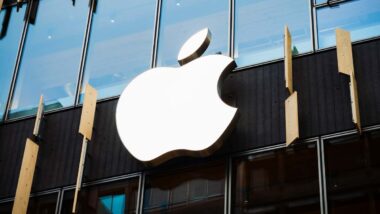
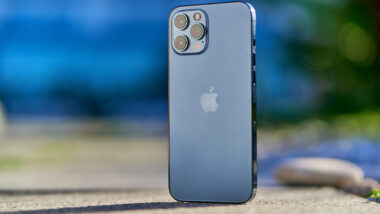

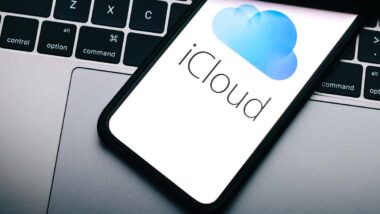
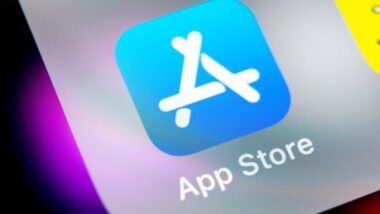


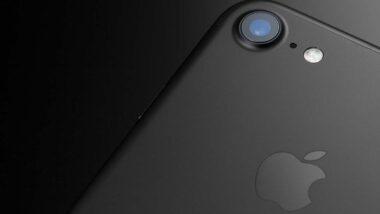

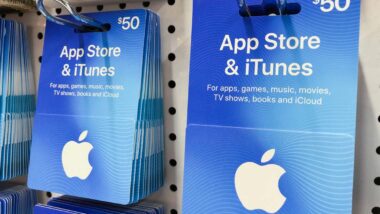

One thought on Judge Tosses Apple iPhone Data Overage Class Action
UPDATE: On Aug. 10, 2016, Apple Inc. and Palmer agreed to dismiss an iPhone class action lawsuit over an alleged wifi defect affecting iPhone 5 and 5s.